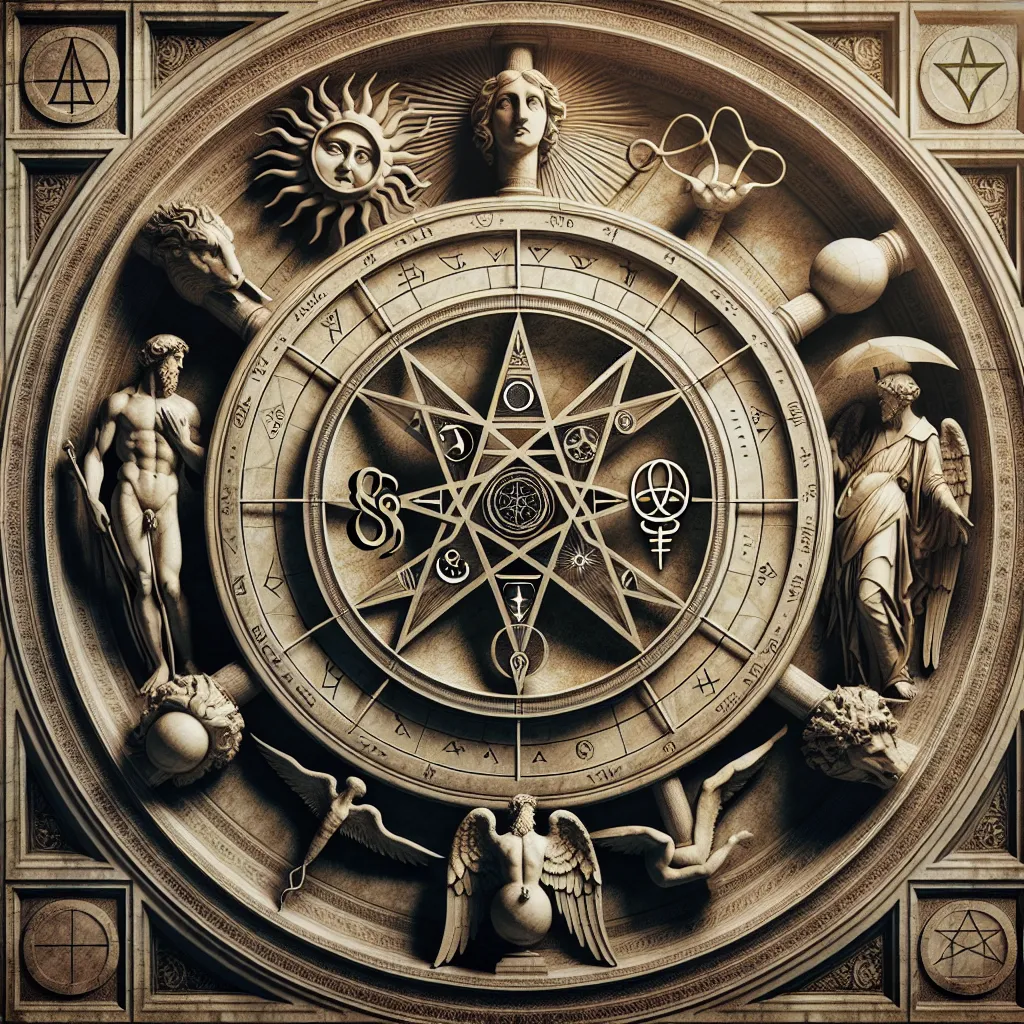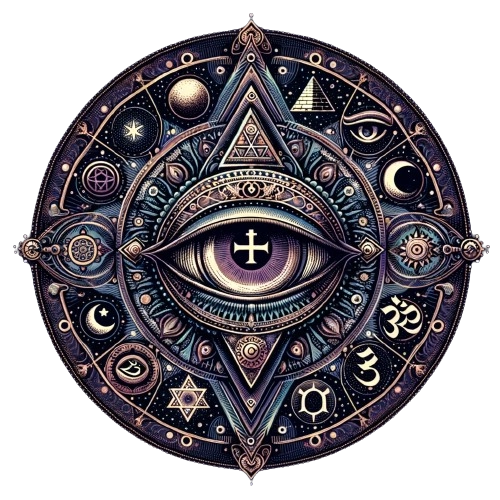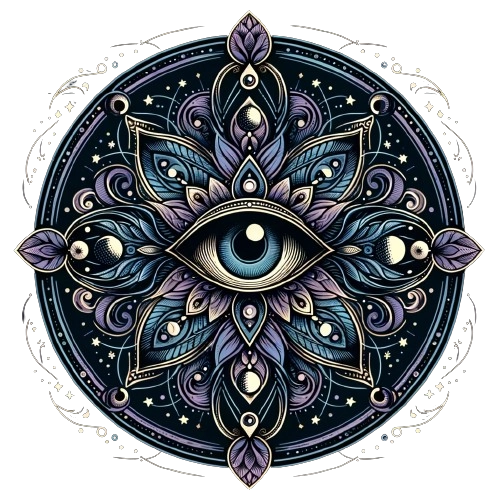
- Published on
- Authors

- Name
- You
Hermetic Symbolism in Art and Architecture
A Journey Through Time: From Ancient Temples to Modern Buildings
Imagine gazing upon an ancient temple, feeling the weight of history intertwined with the essence of the divine. Now picture a modern skyscraper, a beacon of human ingenuity reaching for the cosmos. What if I told you that these seemingly disparate structures share an invisible thread? This thread is Hermetic symbolism, a profound language of mysticism layered with meaning, from the whispers of the sacred past to the bold proclamations of contemporary design.
What is Hermeticism?
Hermeticism is a philosophical and esoteric tradition based primarily on the writings attributed to Hermes Trismegistus ("Thrice Great"), a syncretic combination of the Greek god Hermes and the Egyptian god Thoth. Its teachings have influenced various schools of thought, including alchemy, astrology, and theosophy.
The Core Principles: As Above, So Below
At the heart of Hermeticism lie several key principles, with "As Above, So Below" being one of the most celebrated. This principle elucidates the mirrored relationships between the macrocosm (the universe) and the microcosm (individuals). Understanding these principles is crucial for deciphering the symbolic language present in art and architecture.
Ancient Temples: The Sacred Geometry
Egyptian Temples and the Flower of Life
One of the oldest structures imbued with Hermetic significance is the Egyptian temple. Within the sanctified walls of places like the Temple of Osiris at Abydos, we find the Flower of Life, a complex pattern of overlapping circles that symbolize the cycle of creation. This geometric legacy is believed to encode deep cosmic truths.
| Symbol | Meaning | Example Location |
|---|---|---|
| Flower of Life | Creation and interconnectedness | Temple of Osiris, Abydos |
| Ankh | Eternal life | Various temples across Egypt |
| Eye of Horus | Protection, royal power | Pyramid of Djoser, Saqqara |
Greek Temples: The Golden Ratio
The Greeks, influenced by Hermetic traditions, employed the Golden Ratio (approximately 1.618) in constructing their sacred spaces, such as the Parthenon. This mathematical constant, often found in nature, represents ideal beauty and harmony.
The Alchemical Architecture of the Renaissance
The Florence Cathedral
Fast forward to the Renaissance, where Hermetic thought experienced a resurgence. Brunelleschi's Florence Cathedral (Santa Maria del Fiore) is an alchemical masterpiece. Its dome, inspired by both the heavens and mathematical precision, embodies the Hermetic union of science and spirituality.
Hermetic Icons in Renaissance Art
Renaissance art is replete with Hermetic symbols. Leonardo da Vinci, a known student of Hermetic texts, embedded symbols like the Vitruvian Man, an exploration of the human form as a microcosm of the universe.
Modern Marvels: Skyscrapers and Sacred Spires
The Eiffel Tower and the Pyramid of Energy
In modern times, Hermetic symbolism continues to influence architecture. The Eiffel Tower, though not a religious structure, captures the Hermetic love for ascension and divine proportion. Designed based on complex mathematical principles, it speaks to the heavens.
| Symbol | Meaning | Example Building |
|---|---|---|
| Pyramid | Spiritual ascension | Louvre Pyramid, Paris |
| Tower | Connection to the divine | Eiffel Tower, Paris |
| Spiral | Evolution, growth, eternity | Solomon R. Guggenheim Museum, NY |
Contemporary Mysticism: The Twin Towers
Even in the heart of bustling metropolises, Hermetic symbols remain visible. The original World Trade Center's Twin Towers represented the duality and balance fundamental to Hermetic thought. Though destroyed, their symbolic resonance persists.
Conclusion: The Eternal Dance
From the ancient geometries of Egyptian temples to the bold innovations of modern skyscrapers, Hermetic symbolism endures, weaving a thread of esoteric wisdom through the tapestry of human creativity. By decoding these symbols, we unlock an ancient dialogue that connects our past, present, and future, revealing the eternal dance between the mundane and the divine.
In the immortal words of Hermes Trismegistus, "That which is below is like that which is above, and that which is above is like that which is below." Through the lens of Hermetic symbolism, may we continue to seek wisdom and wonder in the world around us.
So next time you pass by a building or a piece of art, take a moment to pause and reflect—perhaps it holds within it an echo of Hermetic whispers, waiting to reveal its secrets to the curious soul.
